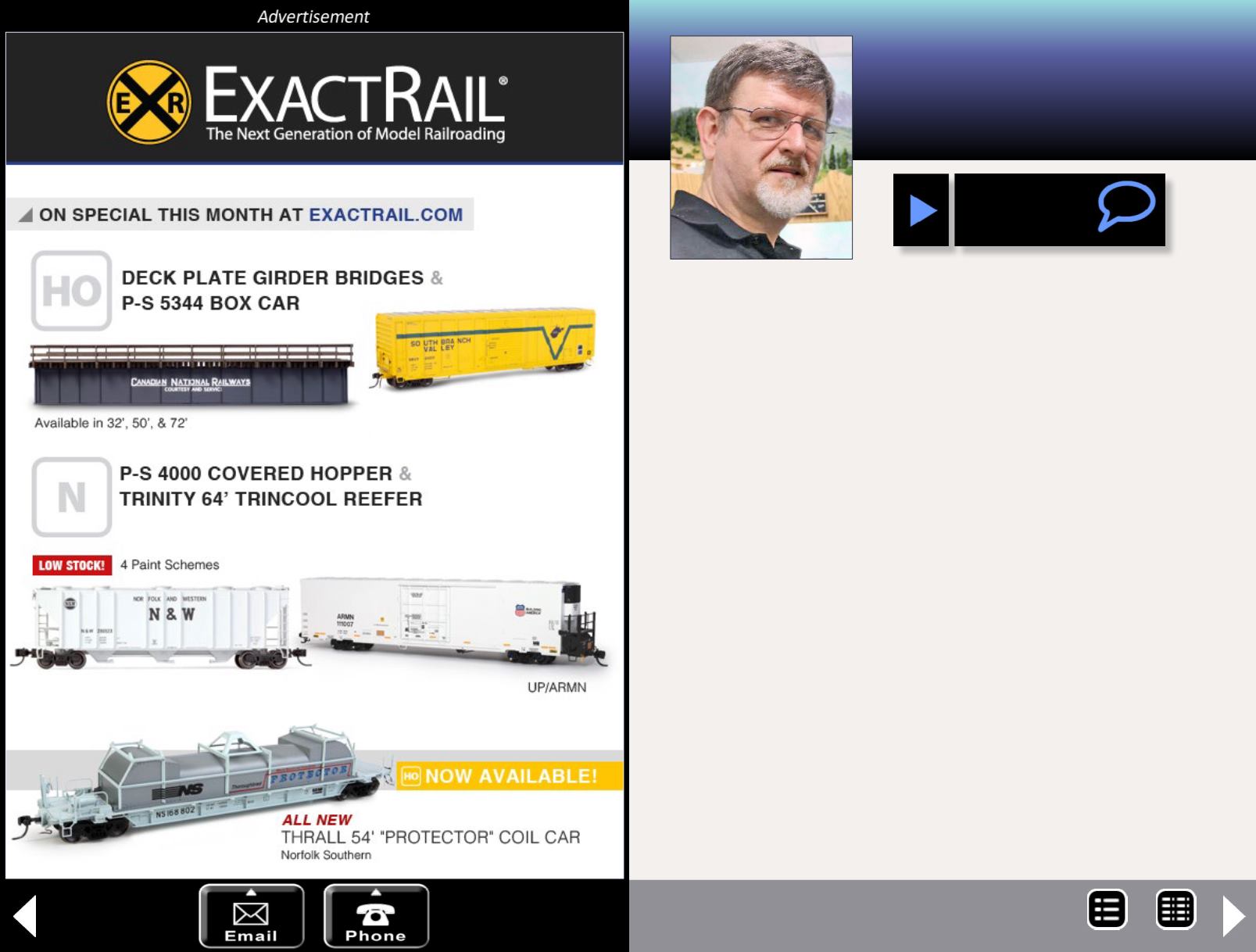
W
ith all the interest among many model railroaders
today to model a prototype railroad, or at least to
proto-freelance a model railroad from a prototype
that “could have been”, a key step in the process becomes to
picking an general era, and setting a specific date.
Many modelers pick a year and then try to stick to that. Some,
like Jack Burgess, pick a month,
day, and year
– like August 31,
1939 in his case.
Others prefer to be more general, and say: “I’m modeling the
1950s” or “I’m modeling the early Amtrak era.”
If you take the more generalist route, like modeling the 1950s,
then that means anything in the ‘50s should work, up to some-
thing built and deployed as late as December 31, 1959. You
may also have locomotives on your railroad that were retired
January 2, 1950, but since the locos were still in revenue ser-
vice on January 1, 1950, you call that “the 1950s” and declare
you’re good to go.
If you’re one of these era generalists, the era purists will tell
you you’re just kidding yourself. In reality, you’re modeling
1959, you’re just not doing a very good job of it!
Publisher’s editorial - 1
Publisher’s Musings
by Joe Fugate
A more flexible layout era
How to be both a purist and a
generalist using a “sliding era”
MRH-Jun 2014


